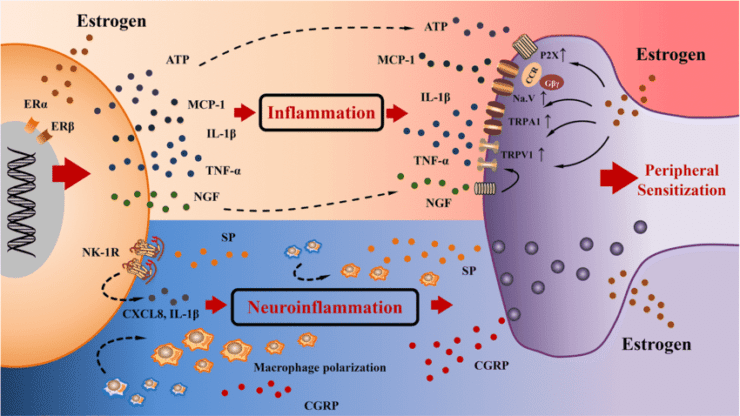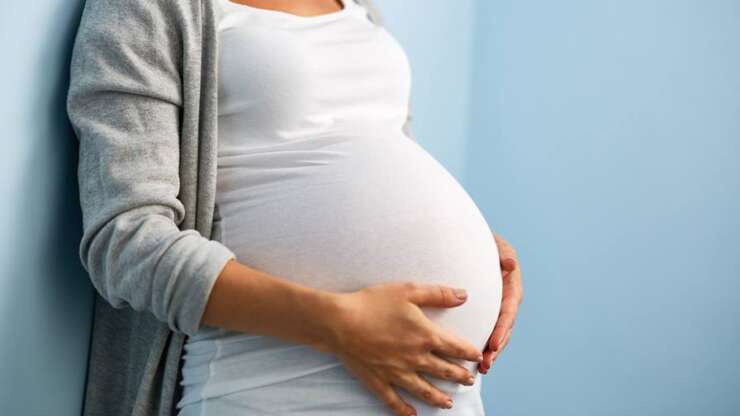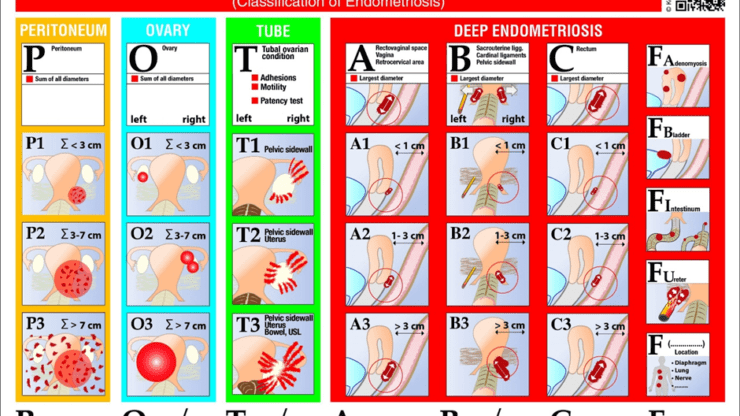Η ενδομητρίωση σχετίζεται με έναν αριθμό συμπτωμάτων, όπως υπογονιμότητα, επώδυνη σεξουαλική επαφή και χρόνιος πυελικός πόνος. Η επίδραση τους στην ψυχική υγεία και την κοινωνική ζωή των γυναικών με ενδομητρίωση είναι συχνά σημαντική (1,2). Αυτό είναι κατανοητό, αν κάποιος αναλογιστεί την αρνητική επίδραση του χρόνιου πόνου στην κοινωνική και επαγγελματική ζωή των ασθενών εν γένει.








